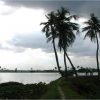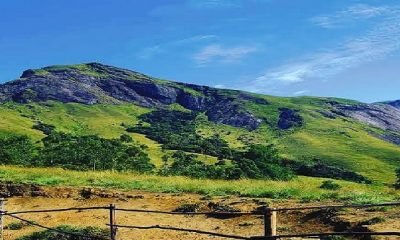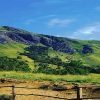Tourism
‘Erra Matti Dibbalu’; An attraction at Vizag
By Sibashish Dash
On the outskirts of Visakhapatnam lies a magnificent geological site unique to the entire coastline of India. Vizag’s Erra Matti Dibbalu, or Red Sand Dunes, have been declared a geo-heritage site by the Geological Survey of India (GSI). How the “Erra matti dibbalu” formed and what gave the sand its unique red colour?
Domestic Help and the Covid-19 Lockdown in India – An Observation
Scientists are of the opinion that the initial chapter of this epic story started as far back as 1.8 million years.
During that time the sea level rose to as much as 150 ft and fell away a number of times to the current level. Between these oscillating sea levels the coast was submerged and exposed over and over again, huge volumes of clay, silt and sand covered the coast from where the sea water had receded. Due to the extreme changes in climatic conditions the material under the sandy dunes “baked” in the sun like a brick gets baked in a kiln leading to the peculiar red sand dunes. Subsequently action of the wind and flowing water caused the deeply gullied characteristic landscape.
Bhaichung Bhutia offers his own residence to migrants in Gangtok, Sikkim
The red sand sediments of Erra Matti Dibbalu are unconsolidated and loose. Every monsoon the sediments are washed away, turning the sea a bright red. Further degradation due to human interference such as digging, climbing, littering etc. are affecting their stability and exacerbating erosion. As such, we face the danger of losing a rare and picturesque record of nature.

















